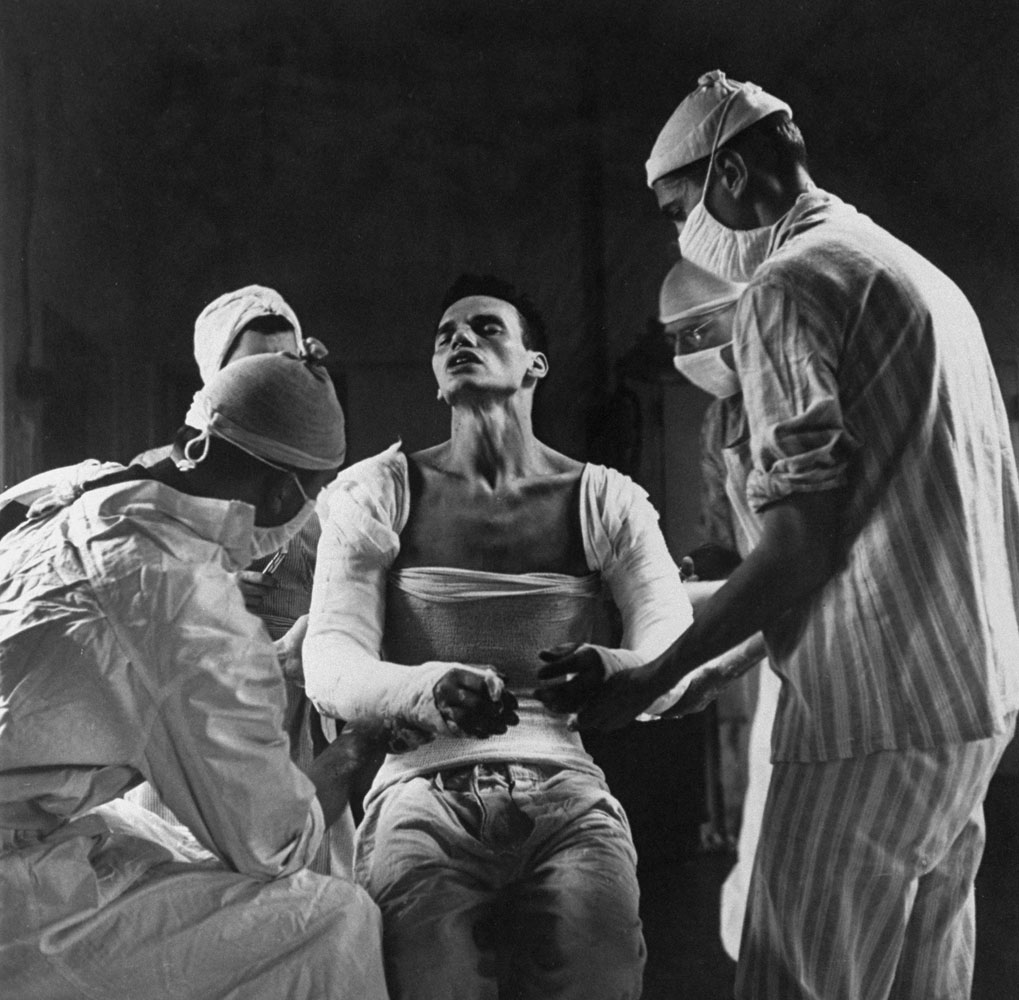
In January 1945, LIFE magazine published a groundbreaking story, featuring dozens of photographs by Ralph Morse, chronicling the journey of a badly wounded American medic named George Lott from a battlefield in northeastern France to a veterans’ hospital in the United States.
“George Lott is a name on a list of 663,859 names,” LIFE told its readers, more than three years after America’s entry into the Second World War. “These are the casualties of the U.S. armed forces. Of the total, 143,108 have been killed, 380,880 have been wounded, 77,931 are missing and 61,940 are prisoners. George Lott was wounded.”
On November 22, 1944, during a battle in northeastern France, Lott—a medic attached to a battalion aid station of the 137th Infantry Regiment in George Patton’s Third Army—was hit in both arms by fragments from a German mortar shell. Morse followed Lott, wrote LIFE, “on a 4,500-mile odyssey by ambulance, train and plane, through two more field dressing stations and five hospitals in France and England and home to the U.S.
“Morse’s pictures,” LIFE proclaimed, “document the great medical victory of the war. The case of George Lott shows why U.S. soldiers feel they get the best care men and medicine can administer and why more than 96 percent of those who reach hospitals survive the wounds of battle.”
Here, seven decades later, LIFE.com remembers George Lott—all the George Lotts, in all of America’s wars.
Through the most memorable photo Ralph Morse made in the last weeks of 1944 (slide #1), as well as other pictures that Morse shot while traveling with George Lott—many of which never ran in the magazine—we witness not only the grinding, monotonous, utterly necessary rehab Lott endured, but the vast machinery and the countless personnel put in motion to treat and transport a wounded warrior from the battlefield to safety and, ultimately, home.
For his part, Ralph Morse—now 97 years old—still vividly recalls the extraordinary circumstances that led to him being at Lott’s side from the very moment he was wounded to his arrival back in the U.S.
“I was with the Third Army in France when a cable arrived from my editors in New York,” Morse told LIFE.com. “They wanted me to cover a guy, they said, who was wounded bad enough that he had to go all the way home. They wanted me to find him and to follow him all the way home. I showed the cable to Patton—I had just done a cover story on him for LIFE, so I was friendly with him. I said, ‘General, look at this. They’re never even going to let me get in an ambulance with a wounded man! They’ll need that spot for another wounded guy.’
“Patton reads the cable and says, ‘Look, you tell the editors at LIFE to get in touch with the surgeon general of the United States Army, and get a set of orders with your name on them as a wounded man who has to get all the way back to the States. Get that, and send it to me.’ So LIFE went to Washington . . . and got the order. We were powerful then!
“Patton eventually received the order, made 30 or 40 copies, and sent them all through his lines. He told me, ‘If anyone stops you, just let me know and I’ll court-martial ’em.'”
Morse laughed at the memory. “You need a friend like that if you’re going to do these big stories that have never been done before.” Which, of course, is exactly what the 13-page feature in LIFE, “George Lott, Casualty,” was: a big story that had never been done before.
“I was with Lott’s division in mid-November,” Morse (pictured at right during the war) remembered. “I showed one of the doctors my orders and he told me they’d look for a likely candidate. We’re pinned down by German mortar rounds, and they bring in a wounded soldier. The doctor looks at this young man’s wound and tells me, ‘This will only take him as far as London.’ But I need someone who’s going to be sent all the way home. The mortars let up a little and I head out with some of the medics, who went out to try and bring back some of the wounded. The mortars start pouring in again and we start running back to the barn that’s serving as a base and a hospital, and I hear Lott say, ‘Oh! I’ve been hit in both arms.’
“We got him back to the aid station, and he’s lying on the hay on the floor of the barn—and the doc looks at him and and then looks at me and says, ‘He’s your man.’ And that’s how the story started.”
LIFE followed up with Lott two years after he was wounded. He was still in a veterans’ hospital in 1947; the staff had long held out hope that he would eventually regain ability in both of his shattered arms. In the end, doctors determined that they would have to amputate his horribly damaged and virtually useless right arm. His left arm was saved.
Morse, meanwhile, says that the primary lesson he took away from the six weeks he spent with Lott—and, more specifically, from the first 20 minutes after Lott was wounded — is that, occasionally, something useful can come from the awful destruction and misery of war.
“In any war we learn more about medicine than we’ll ever learn in any college,” he told LIFE.com. “In the field, there’s no time for doctors and medics to ask questions, even when they see wounds they’ve never encountered before. They simply have to do, and the techniques they create on the fly—out of necessity—can save other lives later on.”
Ben Cosgrove is the Editor of LIFE.com
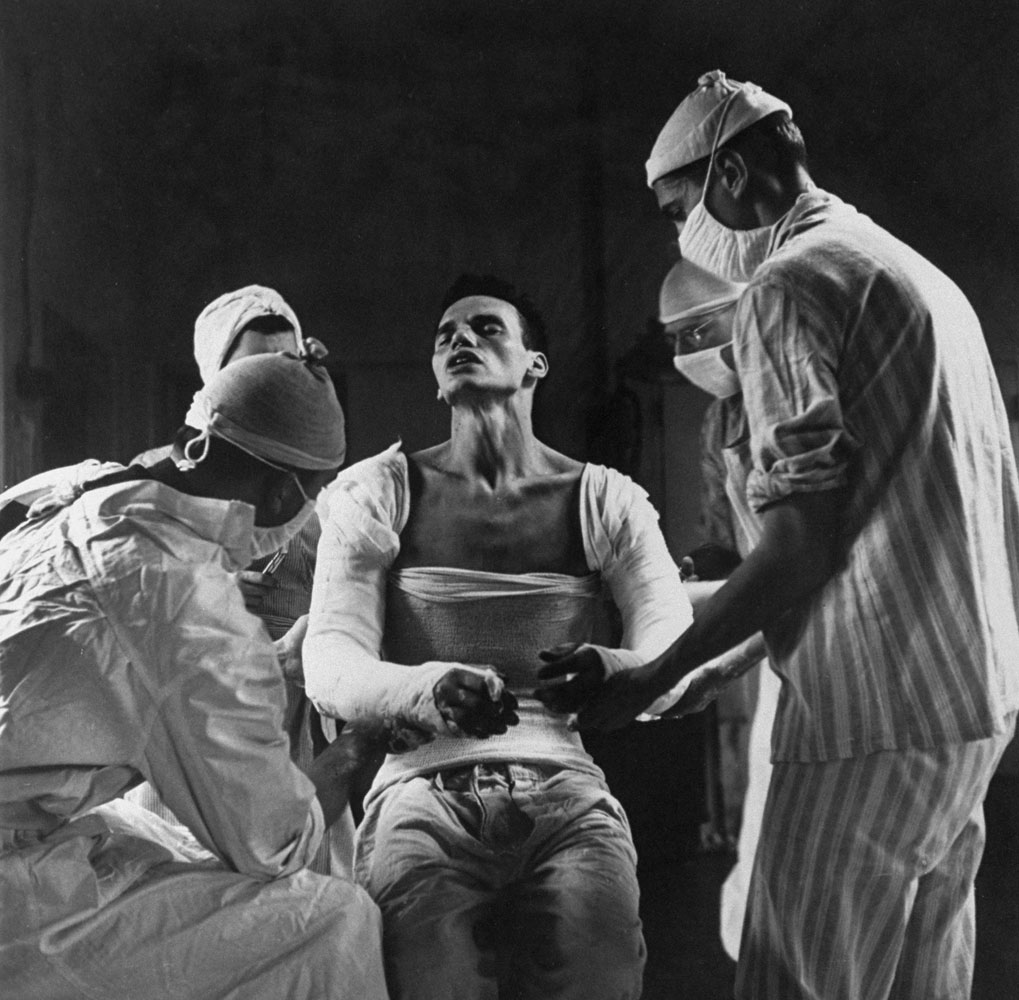

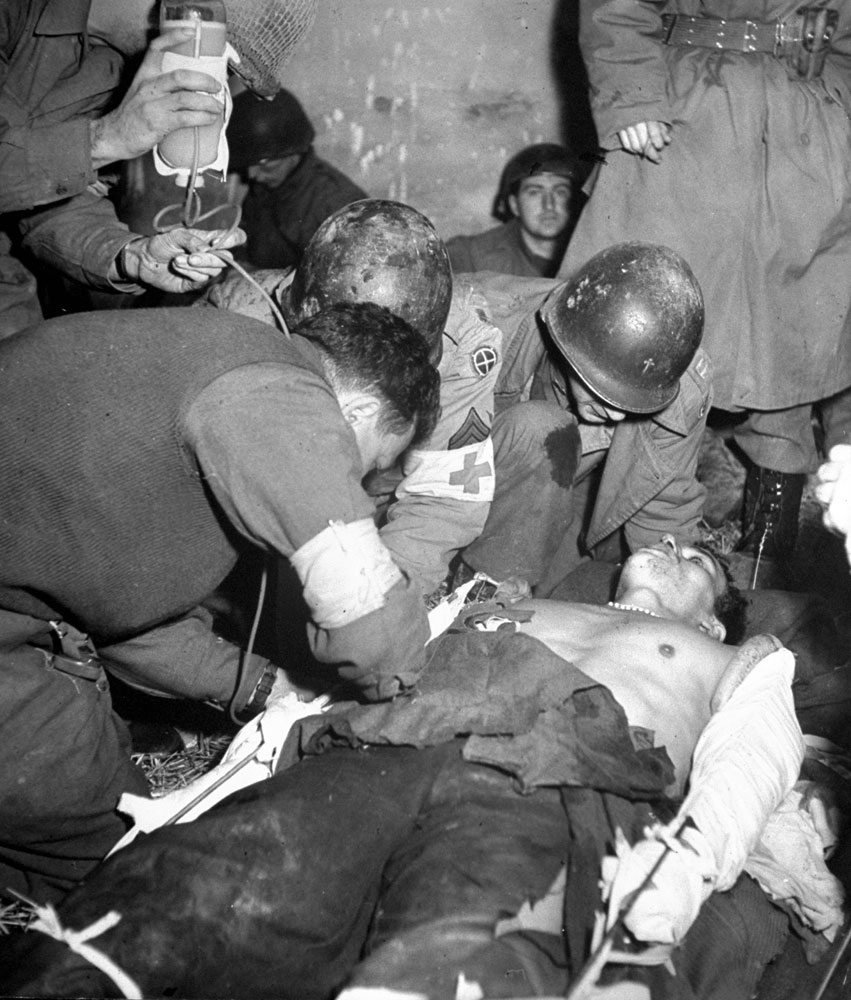
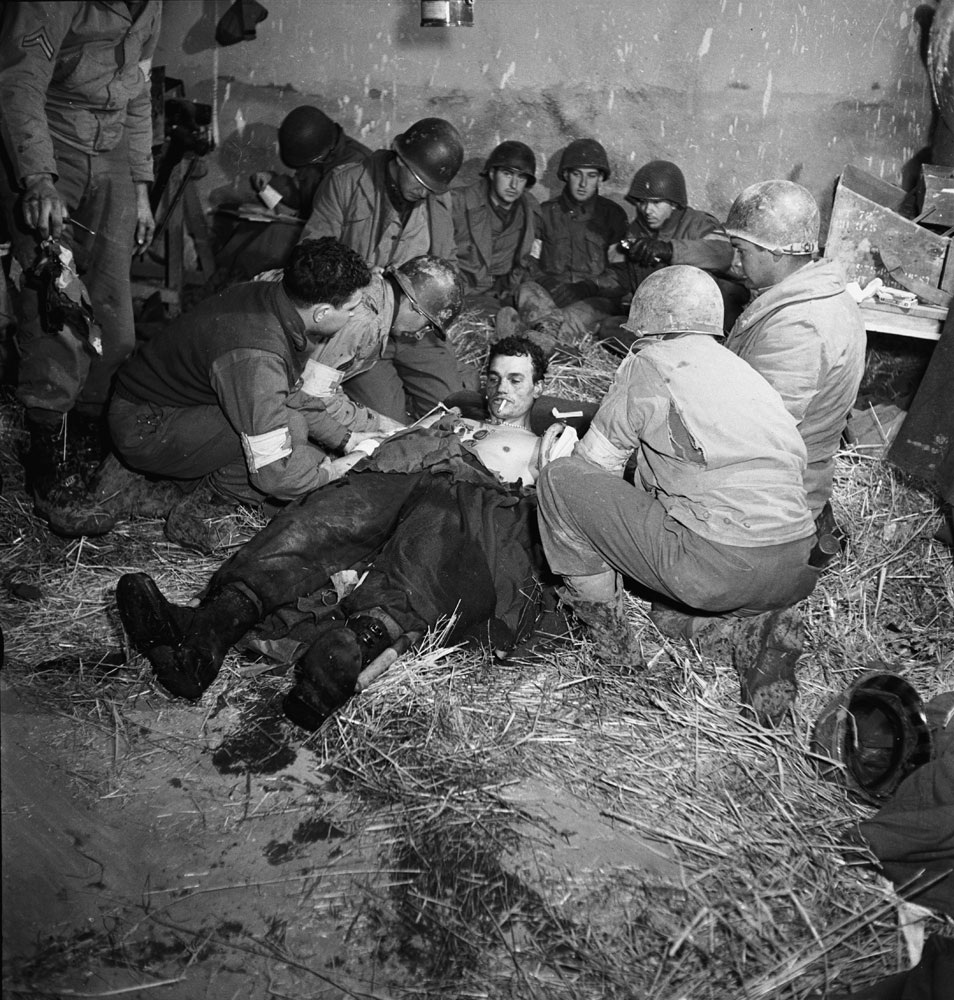




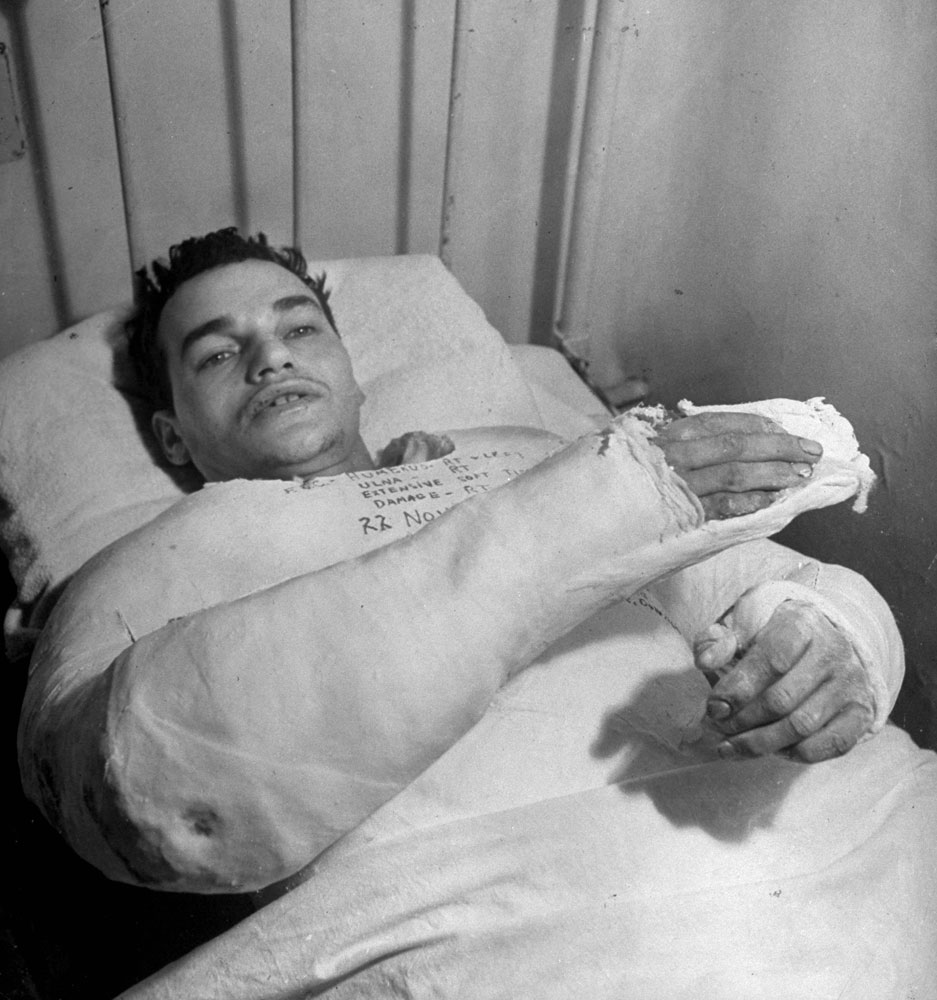
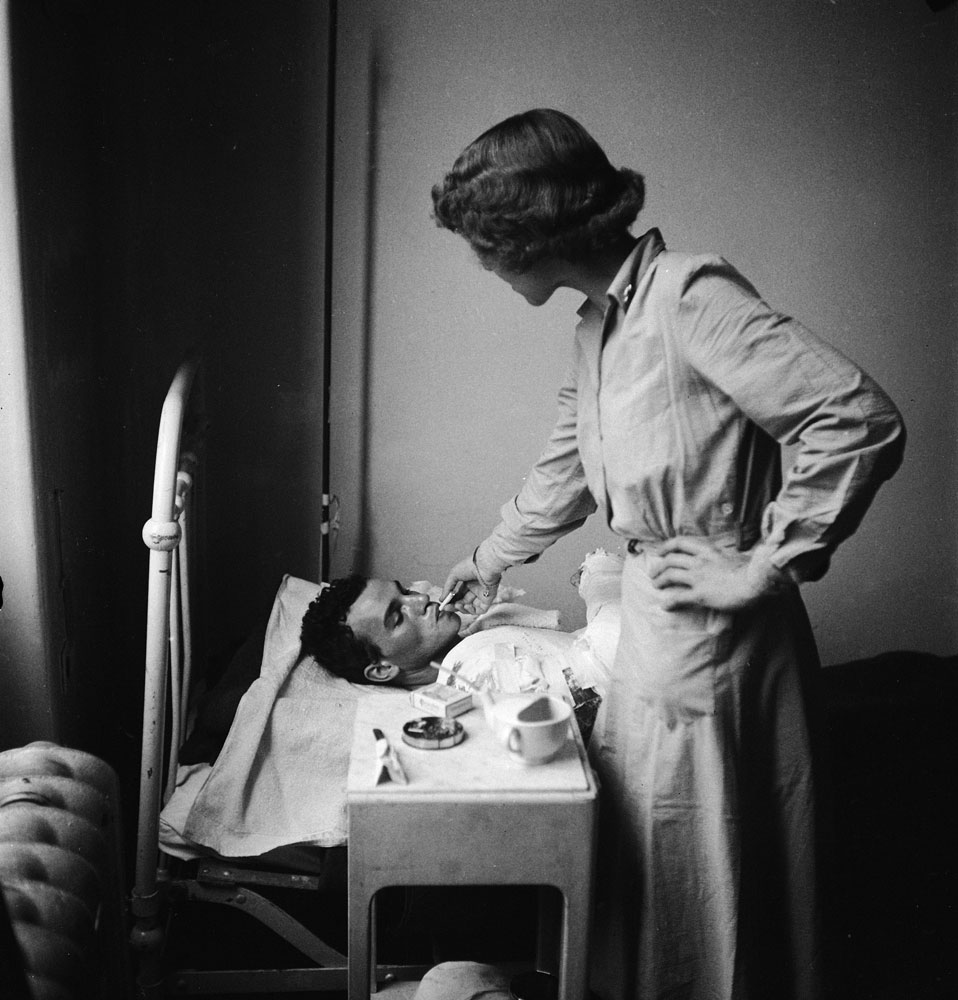
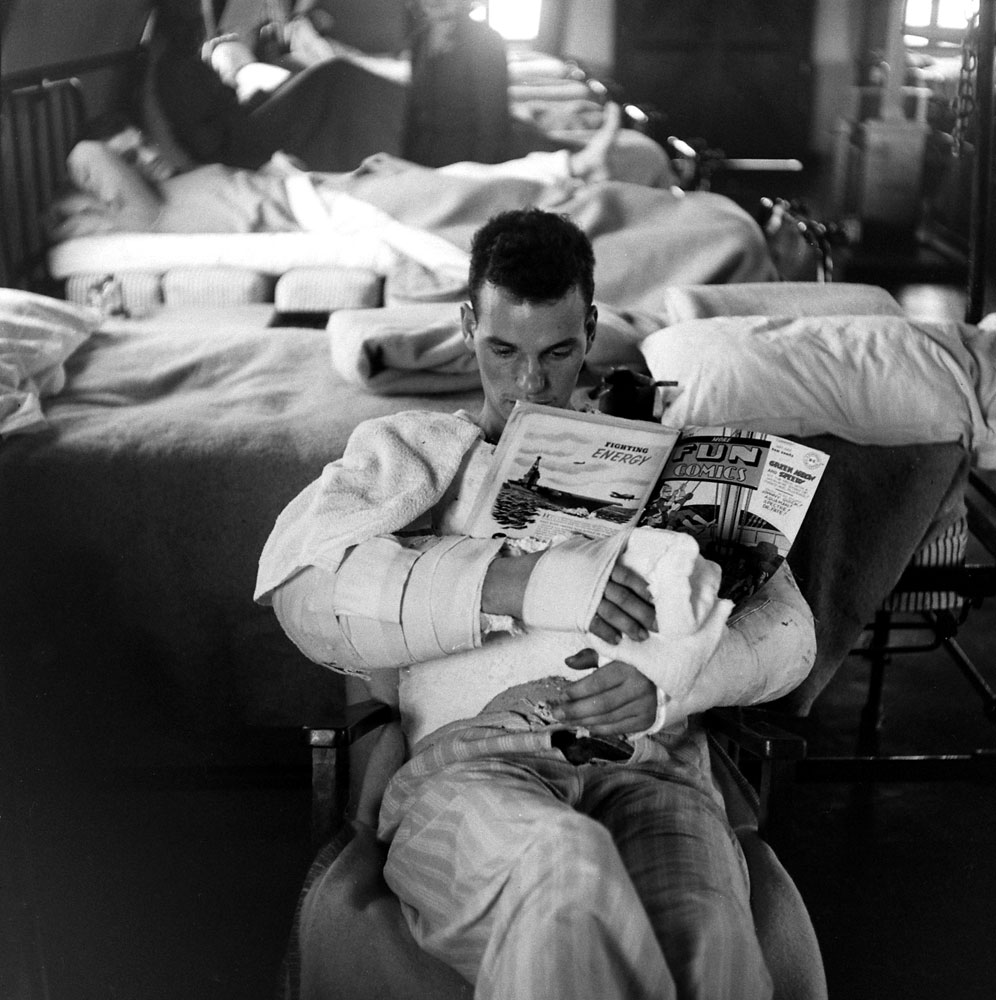
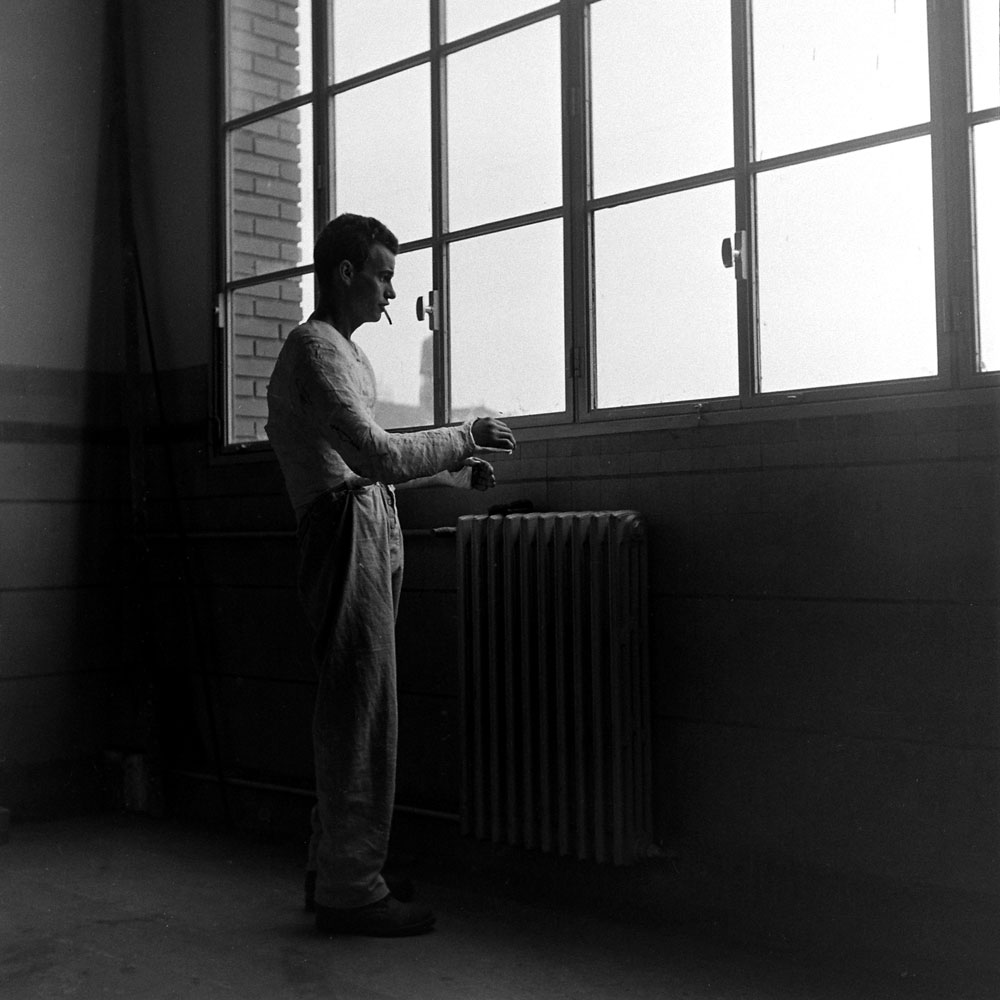

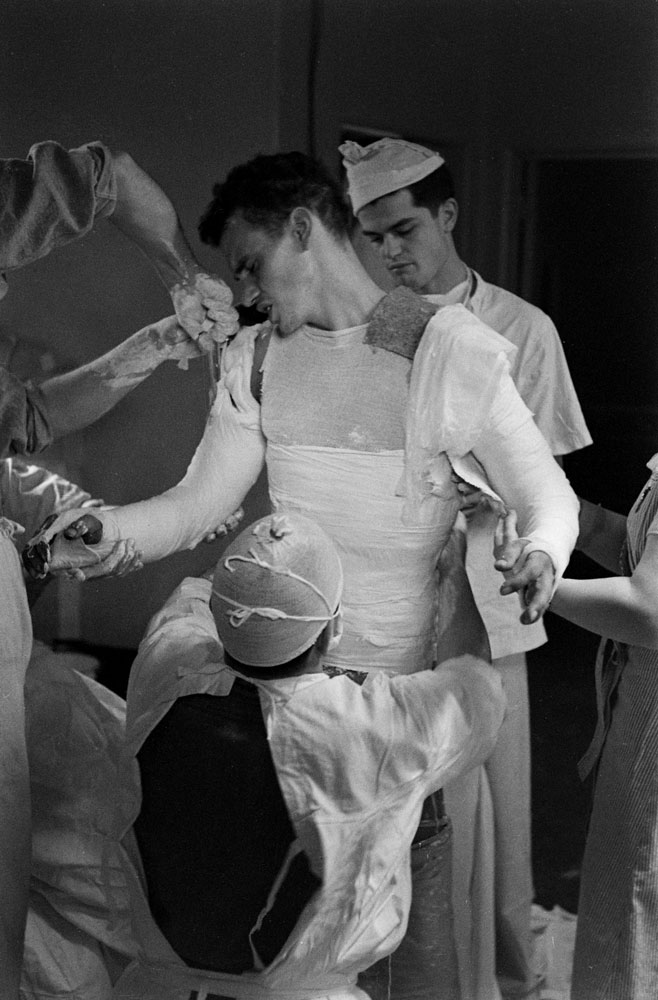
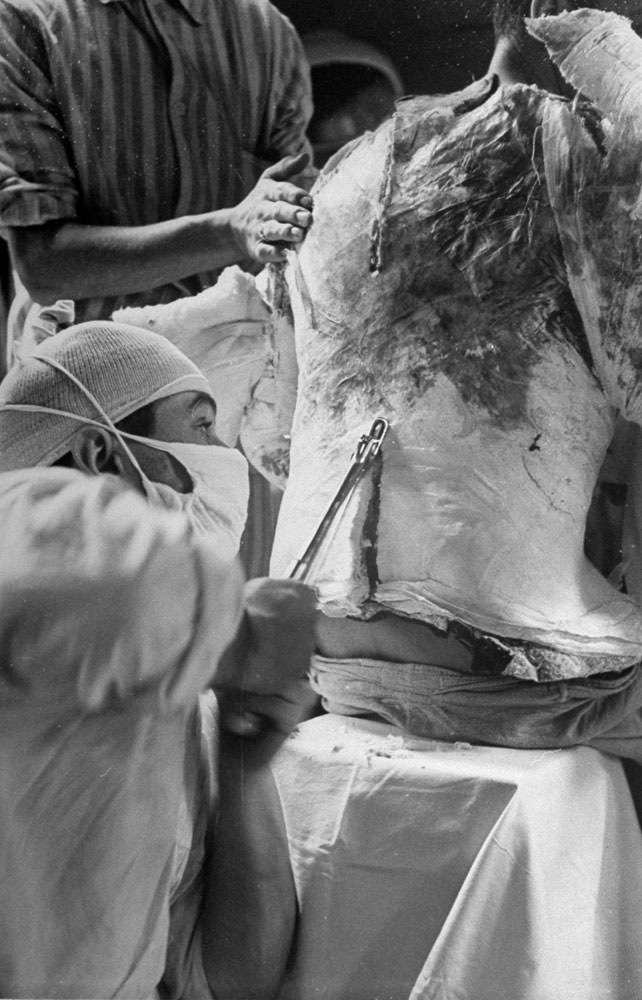
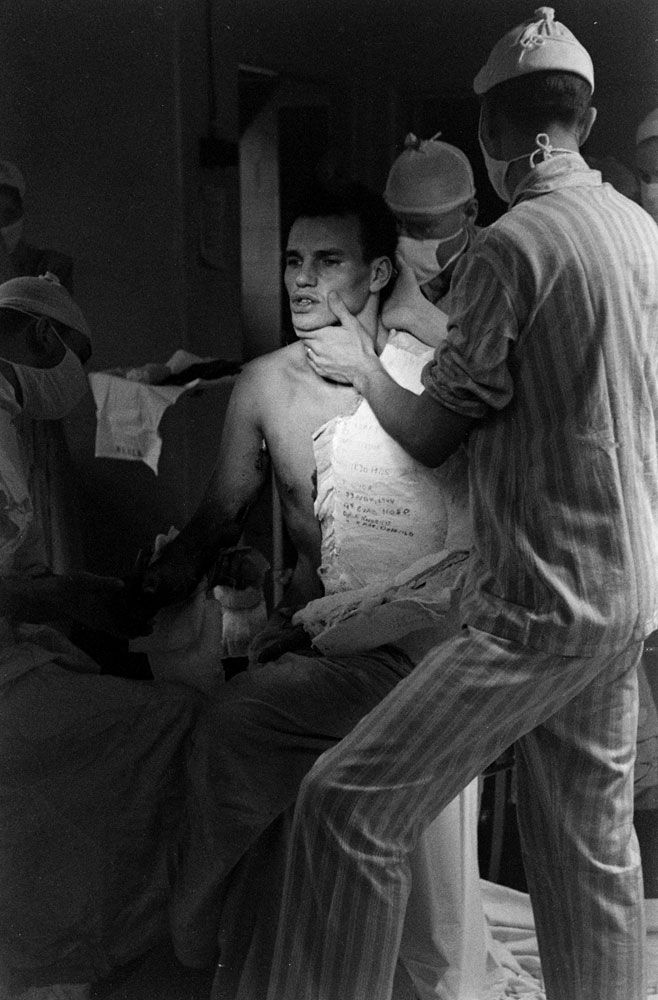
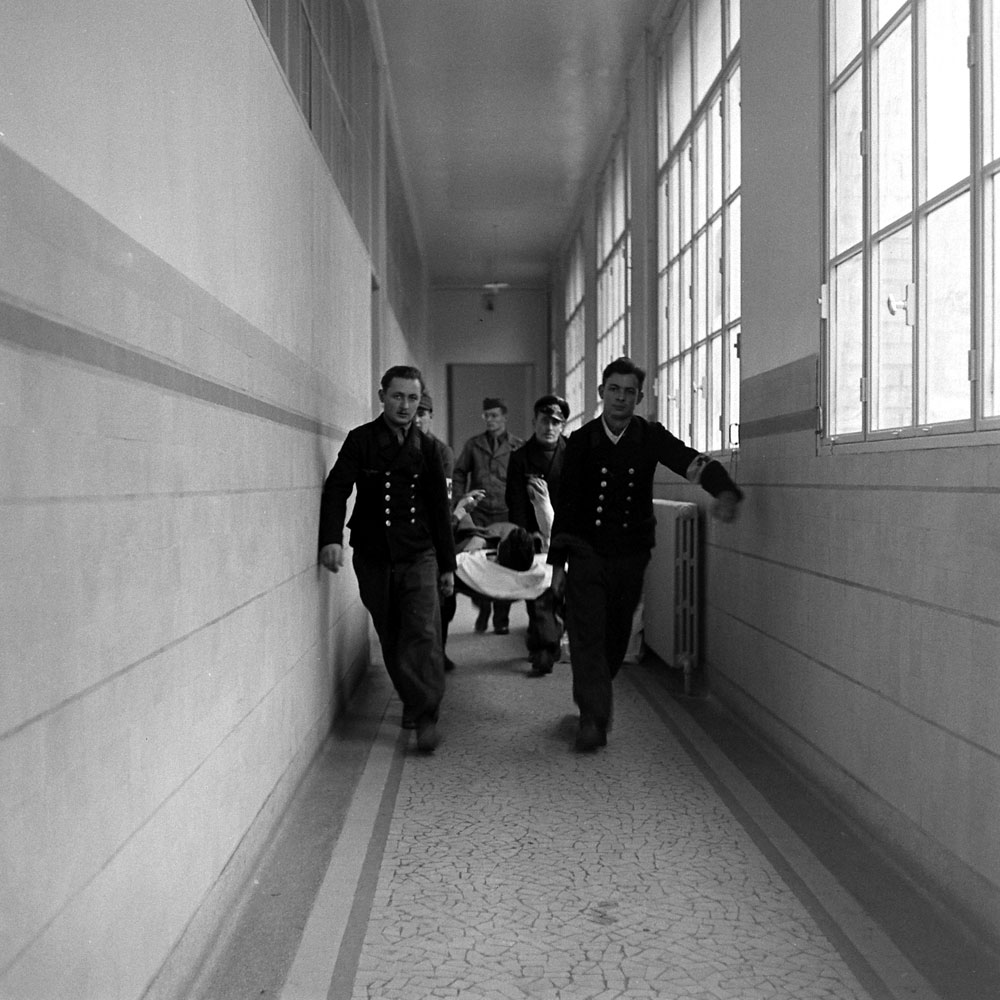
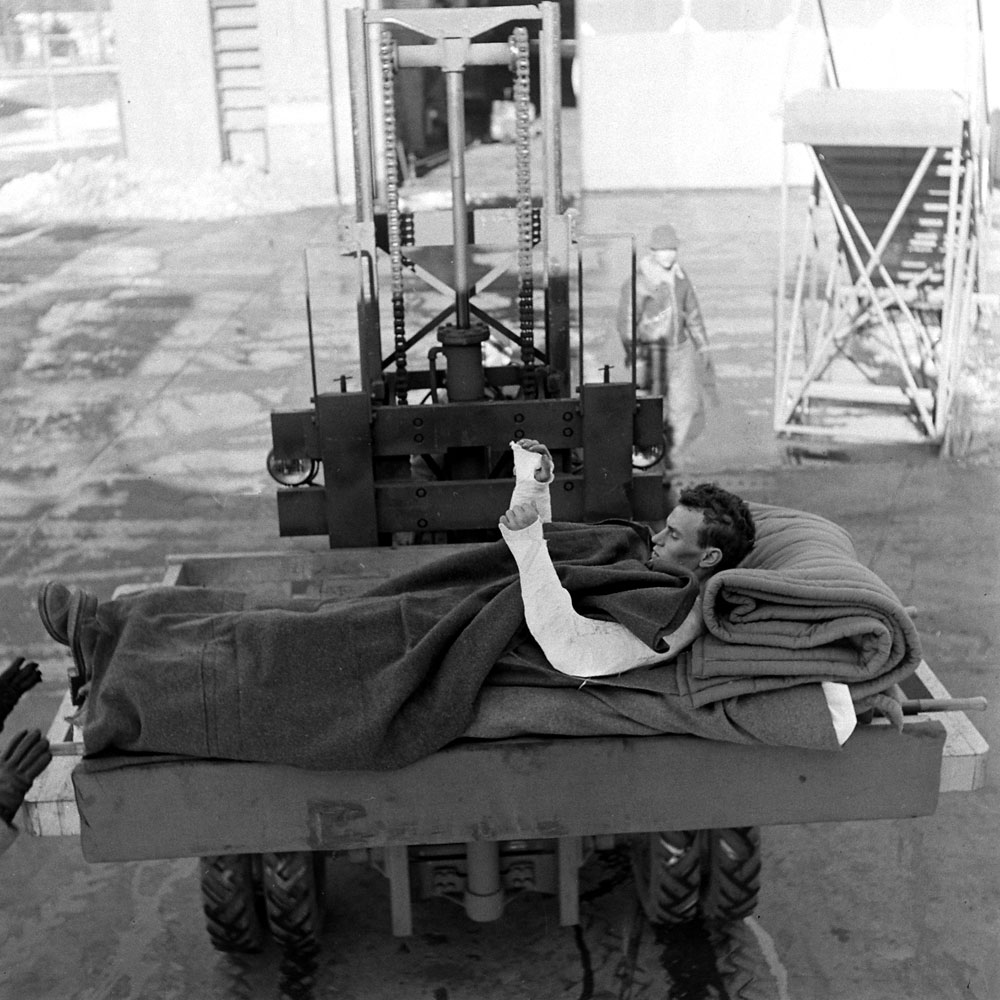
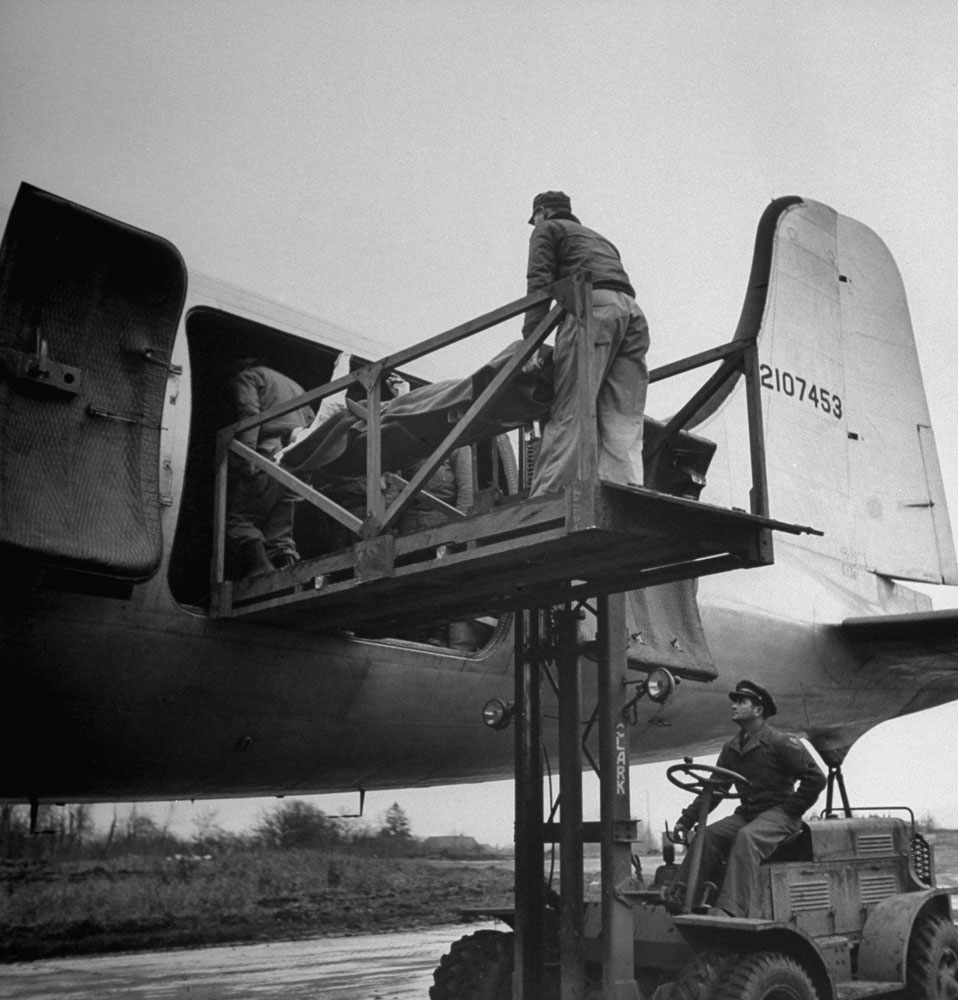


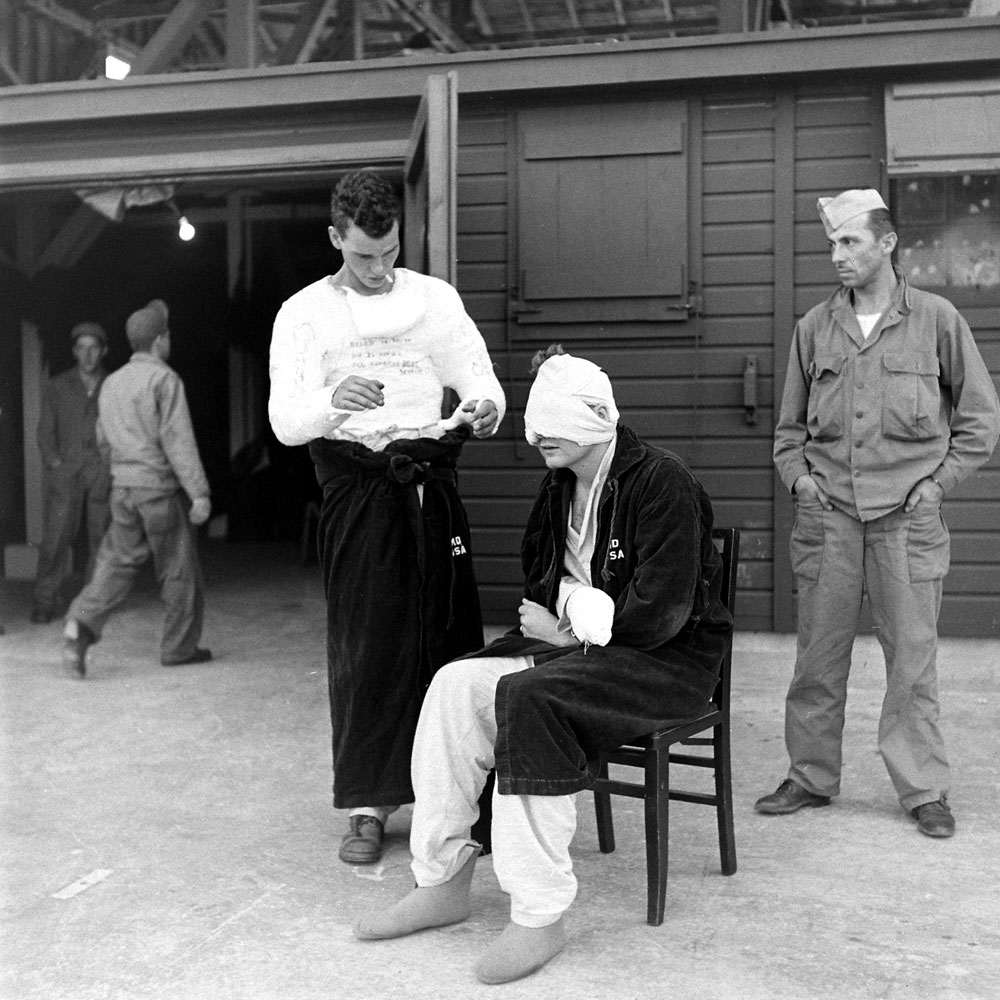
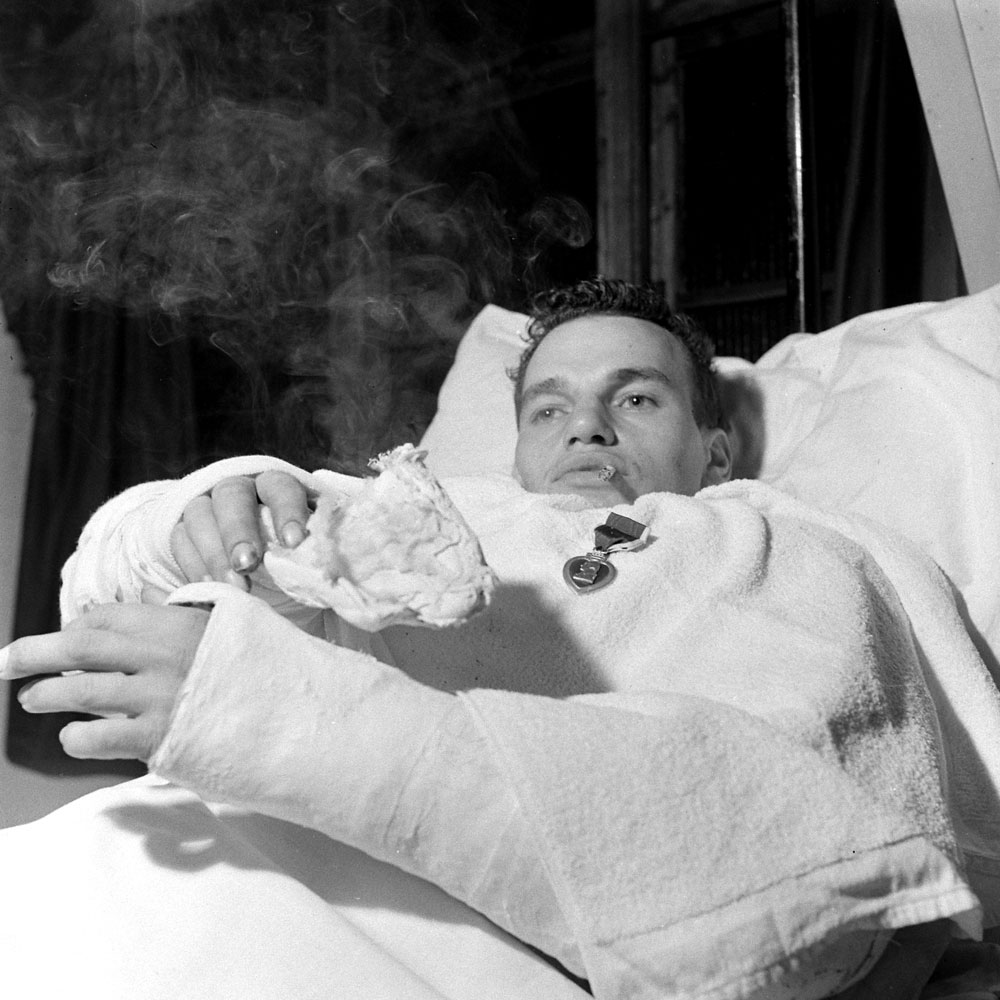

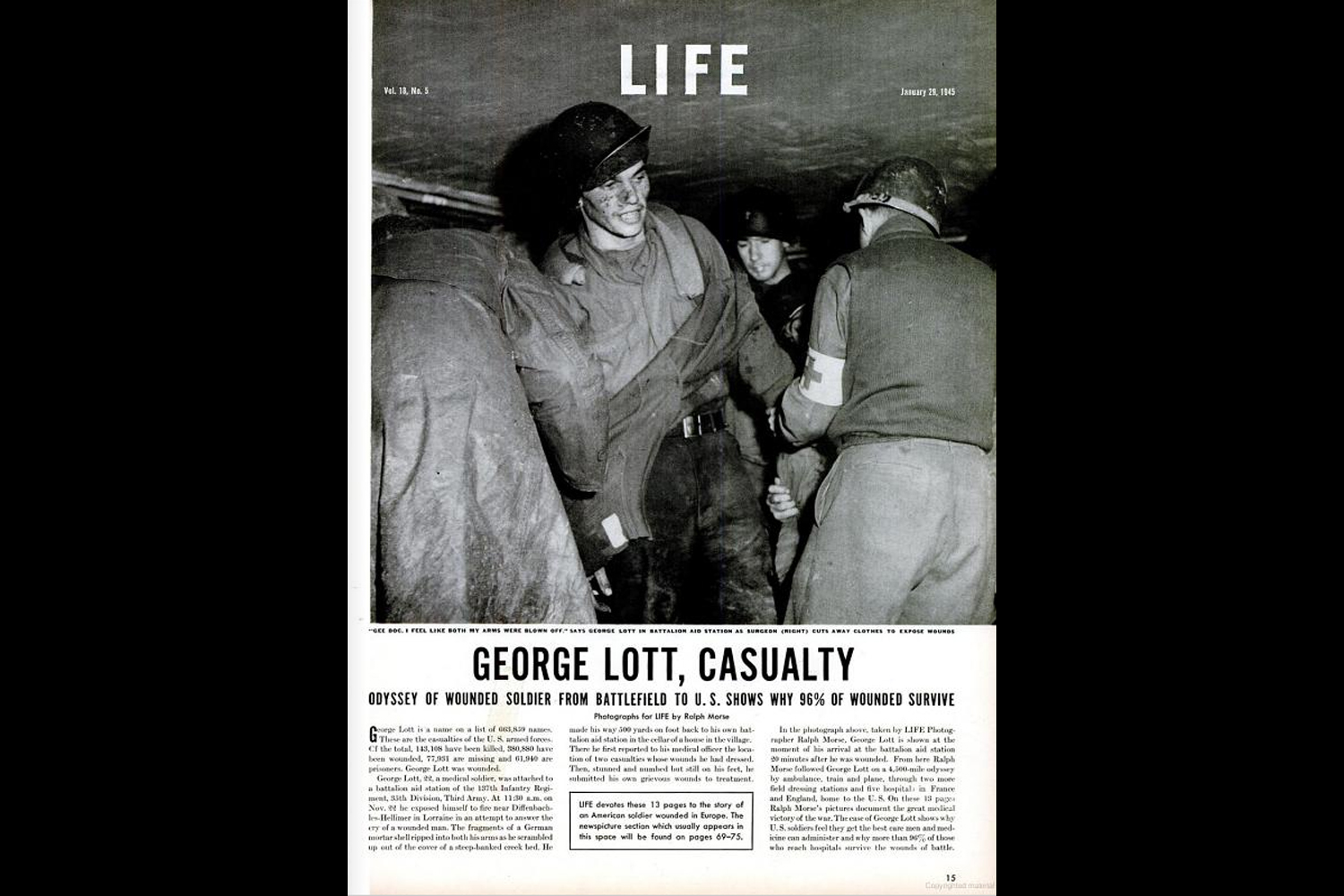

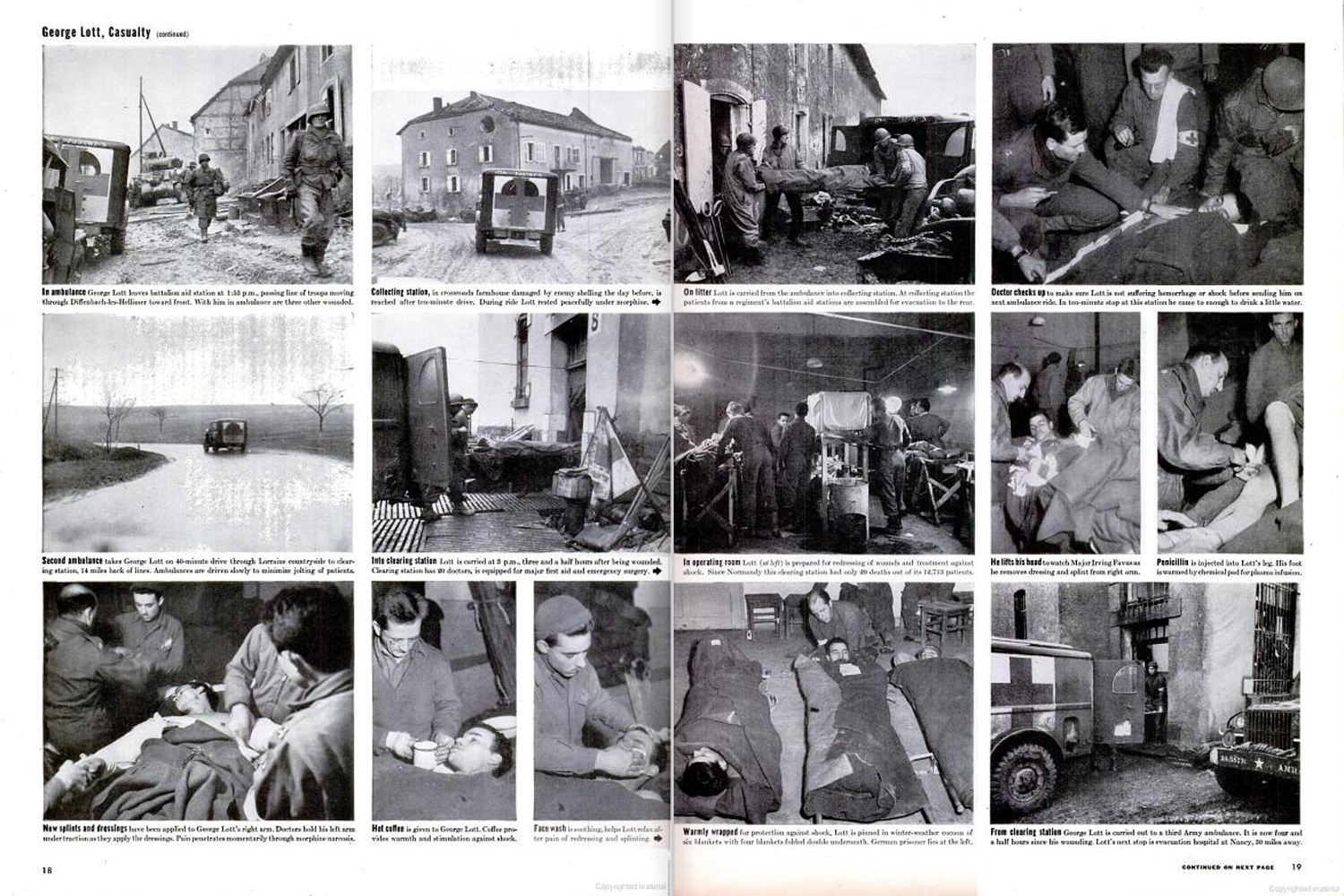
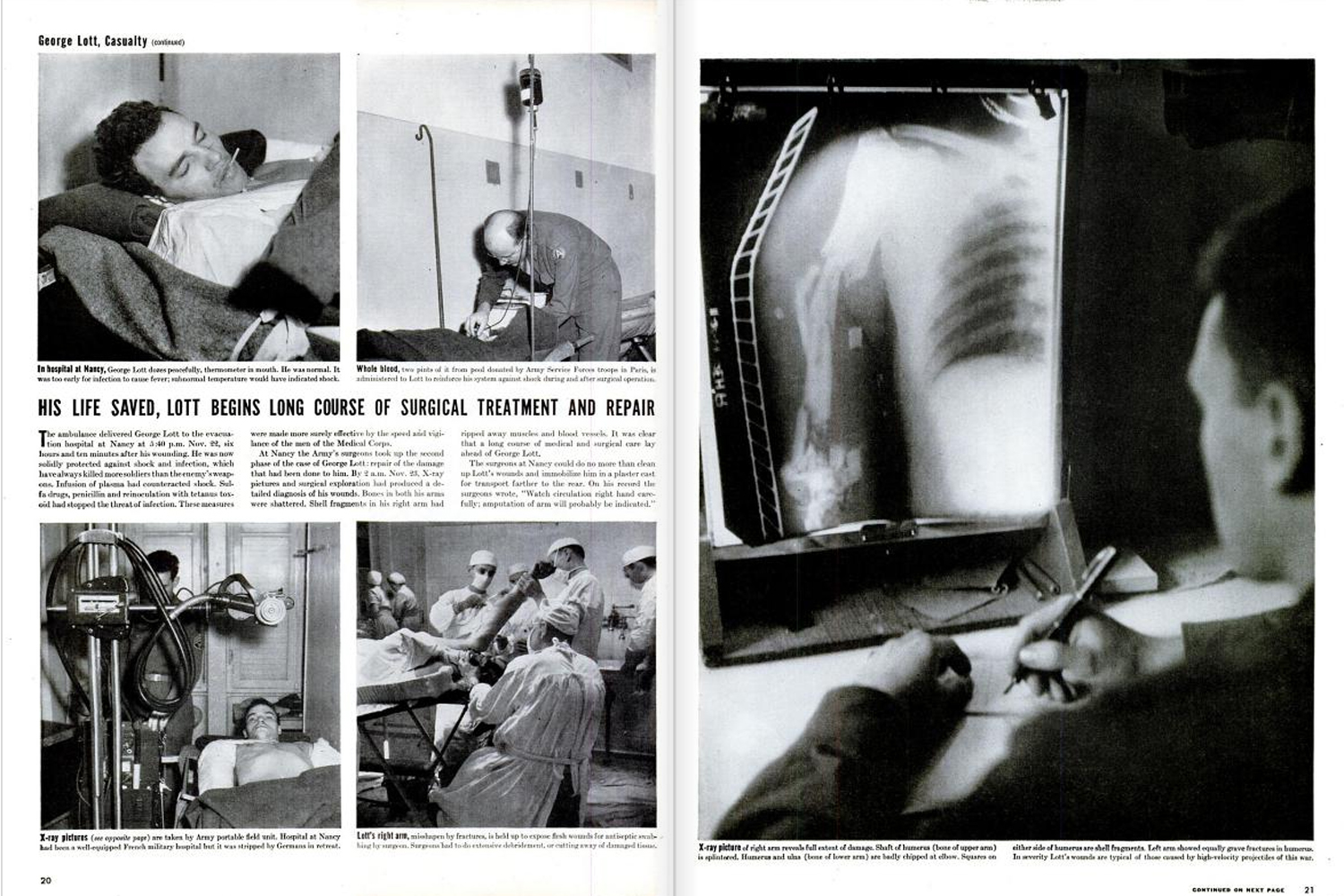

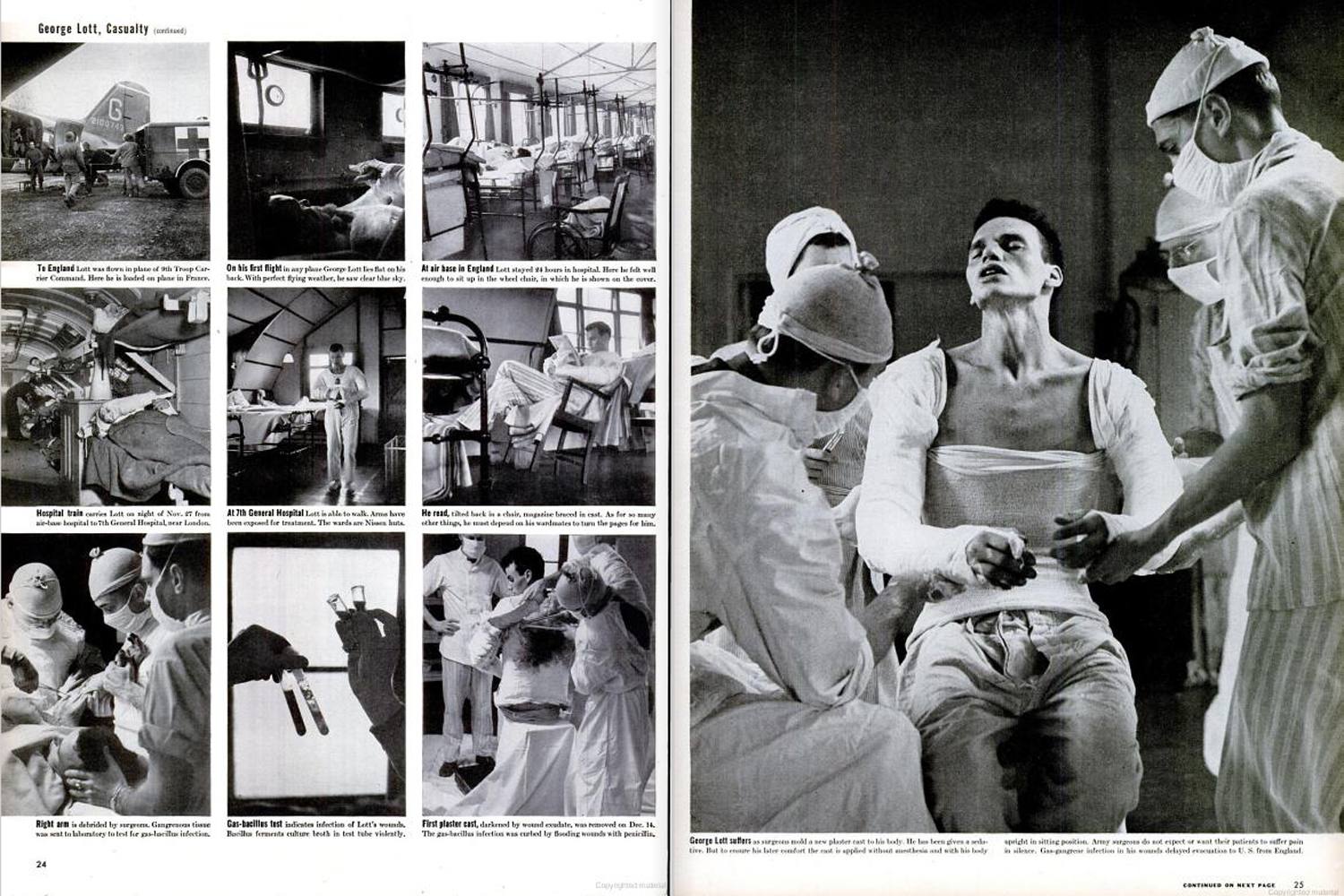

More Must-Reads from TIME
- Donald Trump Is TIME's 2024 Person of the Year
- Why We Chose Trump as Person of the Year
- Is Intermittent Fasting Good or Bad for You?
- The 100 Must-Read Books of 2024
- The 20 Best Christmas TV Episodes
- Column: If Optimism Feels Ridiculous Now, Try Hope
- The Future of Climate Action Is Trade Policy
- Merle Bombardieri Is Helping People Make the Baby Decision
Contact us at letters@time.com